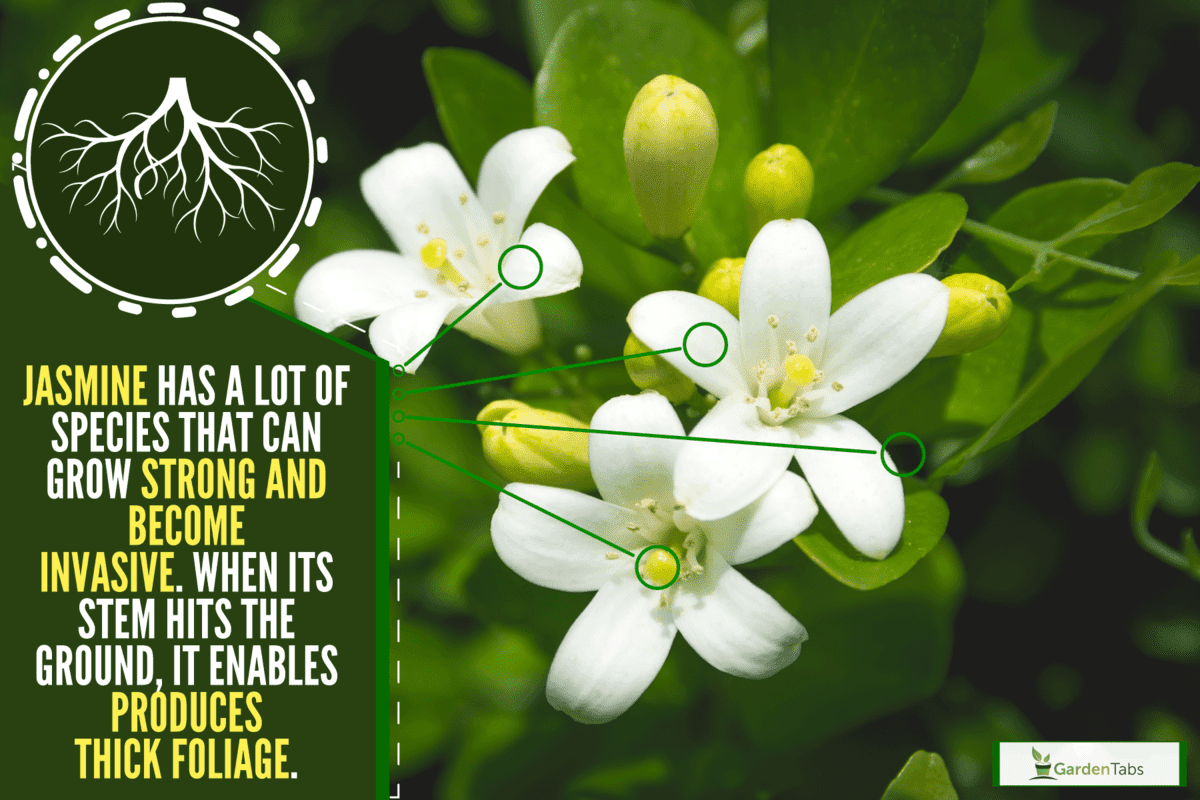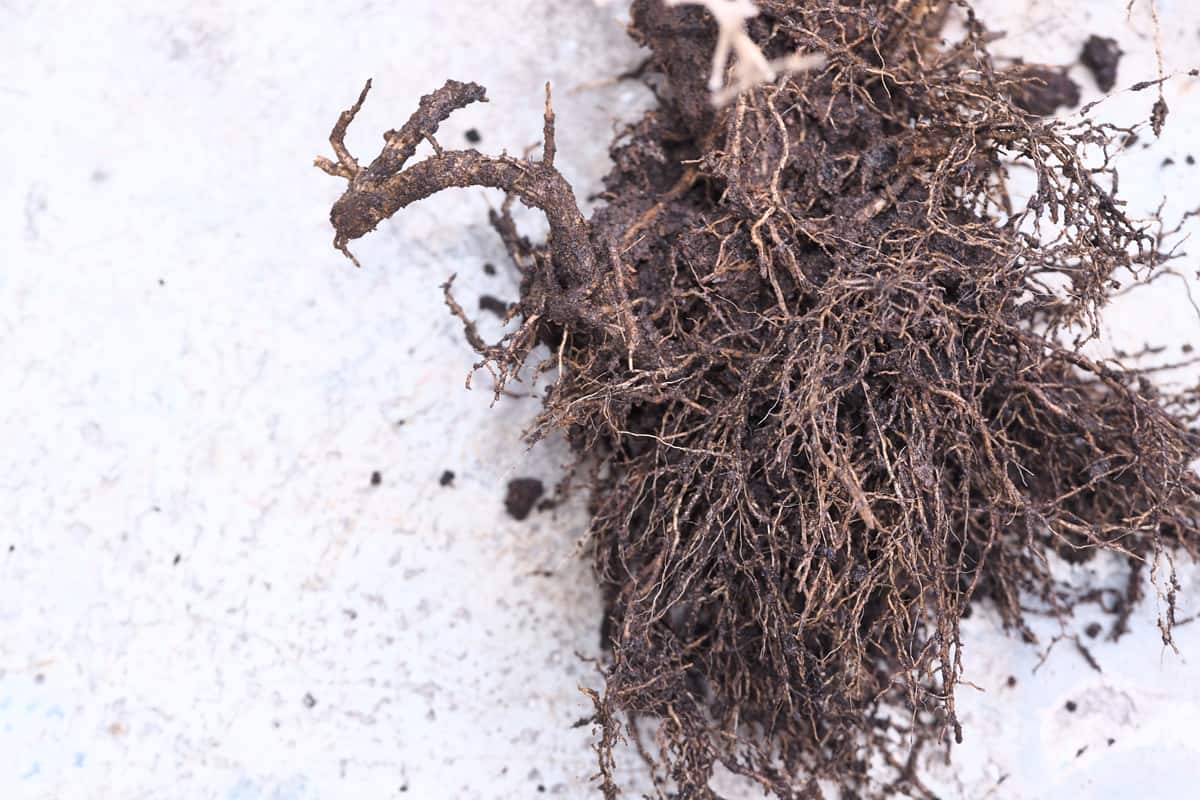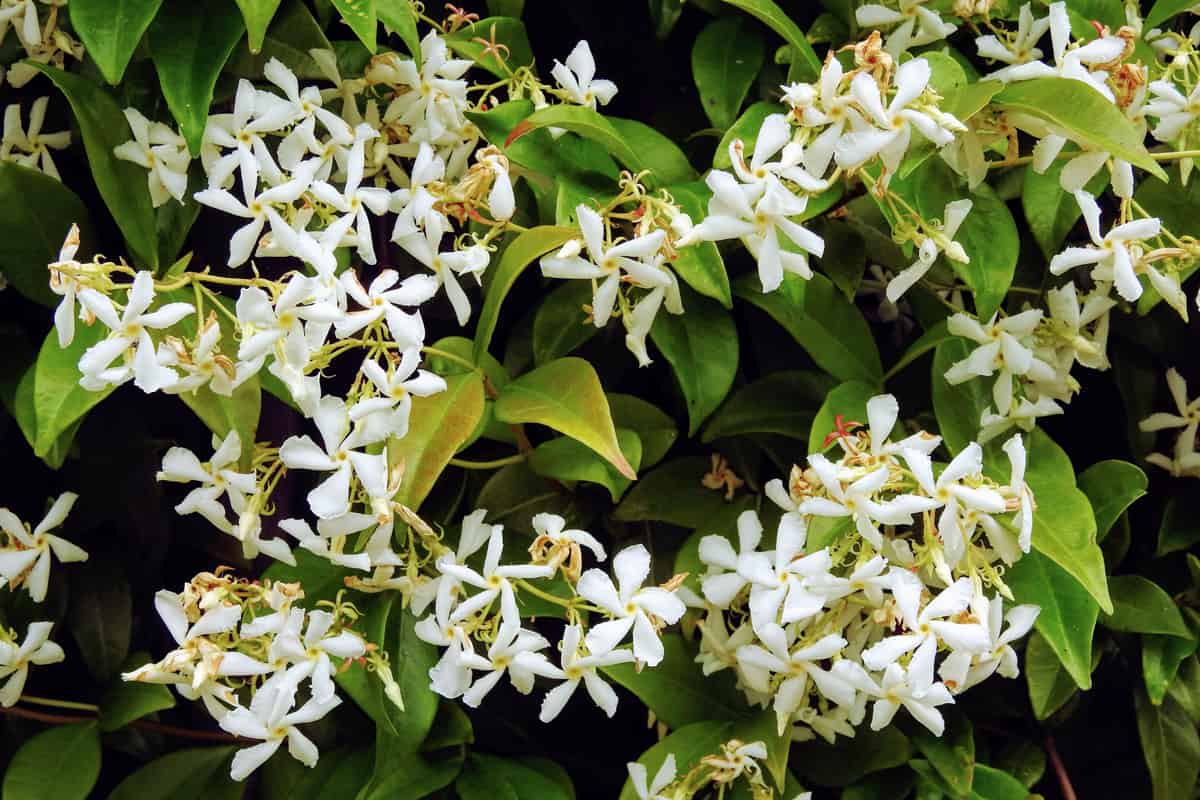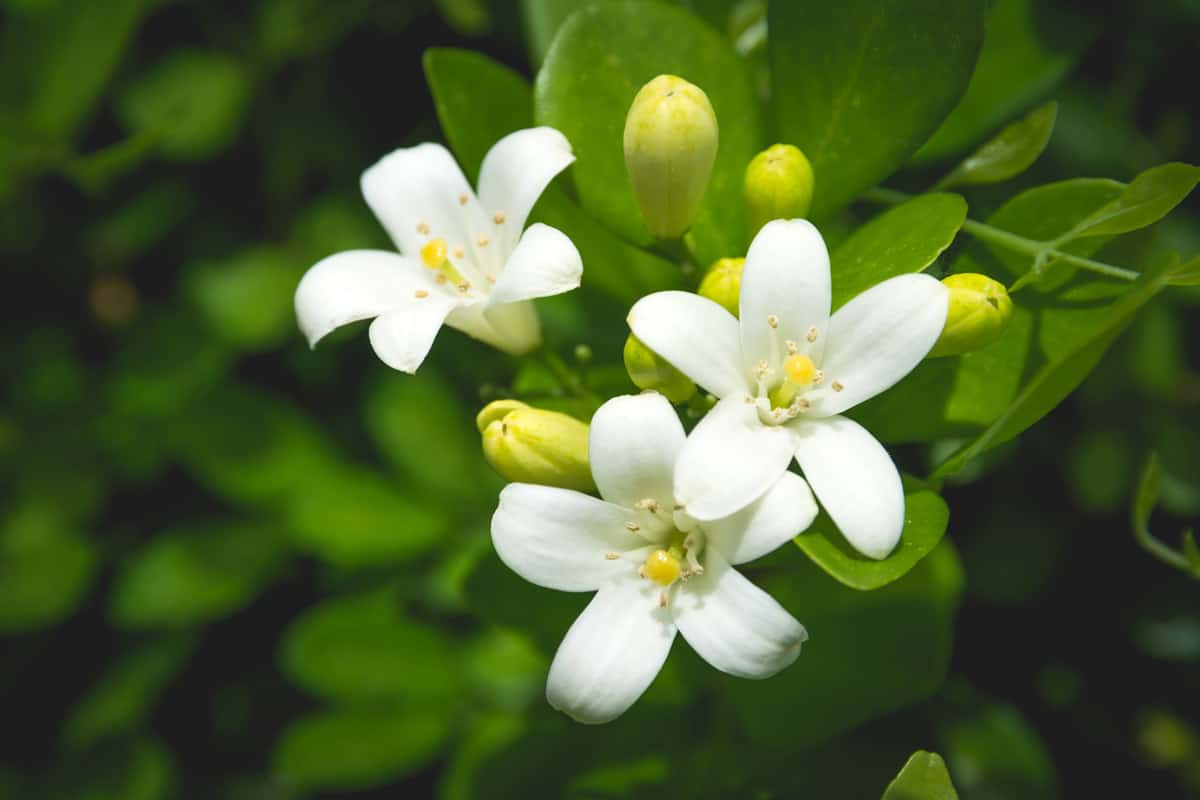Jasmine is a delicate plant with tiny flowers and alluring blossoms. You can enjoy its aroma on warm days if you grow it next to a place where you sit outside. But have you ever wondered if Jasmine has invasive roots? We've researched this topic and found the top answers for you.
Jasmine has a lot of species that can grow strong and become invasive. When its stem hits the ground, it enables produces thick foliage. If star jasmine starts to spread into an area of your garden where you don't want it, weed it out immediately to stop the establishment of roots.
Jasmine is an adaptable, tolerant climbing plant that will reward your efforts with a display of delicate blossoms. This article will tackle all you need to know about Jasmine so you can maintain your plant's health and its fragrant flower and robust appearance. So, keep reading to discover tips for taking care of your jasmine plant.
Jasmine Plant
Jasmine is part of the olive family. Most jasmine are planted as vines, ground cover, or shrubs. Jasmine is a native of mild, moderate tropical areas. There are roughly 200 different kinds.

Jasmine flower is typically white, yellow, or cream. Most varietals have a well-known aroma even when they are still on the vine. Large clusters of the most delicate white blossoms develop in late spring.
In a hanging basket or pot, jasmine can thrive. Additionally, it can be grown as a ground cover or trained to climb by direct planting in the ground. It can be placed on a wall or anything else you have.
It tends to twine and develops into a sturdy vine. Jasmine will require some light, heat, and shade. Also, this plant may reach a height of 12 to 18 inches.
It is tolerant of dry weather because its roots may expand deeply to seek deep groundwater. It requires little upkeep and has no pests. Full light produces the best blossoms, while darkness produces far fewer blooms.
Click here to see these jasmine flower seeds on Amazon.
Root System Of Jasmine Plant

Jasmine is typically found as a little plant in full bloom. In warmer, tropical climates, the plant can grow strongly and be invasive. When a stem portion of vining jasmine hits the ground, it can take root and produce thick mats of foliage
Once the roots are established, they expand and deepen, eventually encircling the entire region the plant occupies. Jasmine plants grow quickly and are simple to grow in a garden.
Star jasmine is a prized plant for any garden because of its lovely star-shaped blossoms and heady summer scent. It develops swiftly, and its roots will reflect the top growth of the plant while not being an invasive species.
Click here to see these star jasmin seeds on Amazon.
However, star jasmine can need special care depending on where you place it. Star jasmine will put out runners, establish roots, and keep growing if left alone.
When star jasmine begins to grow, its roots are pretty shallow, but with enough water and time, they develop into deep roots. If star jasmine starts to spread into an area of your garden where you don't want it, you should weed it out immediately.
In the spring and summer, star jasmine will grow quickly. In the winter, it will grow more slowly. Star jasmine can be cultivated in containers to keep the root system under control.
The most widely distributed invasive plant in horticulture is the Cestrum nocturnum or the night-blooming jasmine. This shrub is well liked for its sweet aroma and features pea-sized berries with alternating pointed leaves and tubular white flowers.
Click here to see these night-blooming jasmine seeds on Amazon.
Night-blooming jasmine can quickly invade a region, developing dense, impenetrable thickets that shade out other plants and fundamentally alter the natural habitat, posing a threat to local species. You should keep star jasmine away from pipelines and your home to protect your foundation.
Because night-blooming jasmine thrives in damp environments and tolerates shadow, a native rainforest makes a desirable habitat. Being self-compatible, this plant can generate healthy seeds on its own.
If you want to expand your star jasmine to its full size, it will need an extensive root system, so the availability of space is a must. The plant's root system helps gardeners choose the best site for each specimen and provide the necessary nutrition for the plant's growth.
Jasmine requires some work to grow, but the effort is well worth it, because the plant will put on a profuse, dazzling display of blooms that can liven up even the drabbest of yards.
Taking Care Of Jasmine

For a plant to live for a long time and appear lovely all year round, it's crucial to maintain healthy leaves, blooms, stems, and roots. Jasmine will grow rapidly and dislike being crowded.
You should plant it at least eight feet apart, sometimes even more, depending on the variety.
Star jasmine requires regular watering. Whenever the upper part of the soil starts to dry out, give your plant water.
The plant will need more water and attention over the summer, but you may re-pot it then. It prefers soil that is loamy, well-draining, and slightly acidic.
Lack of sunshine is another frequent reason for poor blossoming. These plants benefit significantly from sunlight, as long as temperatures don't exceed 90 degrees F.
It would be beneficial if you could provide it with partial shade. During the hot summer months, give indoor plants filtered sunlight, such as that hidden by a curtain.
Some jasmine plants require six or more hours of direct sunlight per day, while others require partial shade and about two to four hours of sun a day.
When the soil is deficient in organic matter, apply fertilizer. Avoid over-fertilizing star jasmine, because this will cause it to produce fewer blossoms. Do not fertilize newly planted jasmine vine plants—only mature ones.
Click here to see this plant food on Amazon.
Star jasmine is generally free of pests and disease. But if the pests are already living on your star jasmine, you can pick them off with a cotton swab together with rubbing alcohol. Treat the scale with insecticidal soap or oil when new growth appears.
Maintain pest-free conditions for your star jasmine to avoid this fungal growth. Spraying the jasmine regularly with neem oil can stop them from coming back.
Click here to see this neem oil on Amazon.
Check the roots for any signs of illness or root rot once they're taken out of a container. After you replant a jasmine, ensure the pot's soil is kept moist and receives plenty of sunlight.
If you worry that your star jasmine will take over your yard, growing it in a container is the ideal option. You may easily cut it down to the size you desire.
Regardless of the variety of jasmine you choose to plant, correctly placing it will reward you with an abundance of delicate flowers and the extra benefit of their smell for summer flowering variations.
Do you need to prune Jasmine?

Although jasmine is not difficult to take care of, it does need some attention at first and needs frequent trimming. With routine pruning, most star jasmine cultivars can form a lovely hedge or screening plant to cover a fence or trellis.
After a prolonged bloom cycle and when your plants' white blossoms have faded, trim the plants to maintain growth. Get rid of any vines in the garden that are unhealthy, dead, or just plain ugly. This also prevents the spread of disease.
When pruning, all you have to do is pinch the tips between your finger and fingernail. Pruning done correctly and frequently will encourage fast growth and lush, full foliage.
In Closing

Jasmine brings with it a lovely scent that draws both bees and gardeners. In other words, it should be at the top of any list of flower bed ideas.
The roots of some jasmine are not highly invasive, but if you are worried, it is preferable to keep them away from the foundation or pipes of your home.
Also, jasmine can grow into a magnificent shrub with a bit of water throughout the warmer months and routine pruning.
We hope this post has inspired you to become a jasmine lover.
Before you go, we have these other related posts that you might want to check out:





